
Your dream home should last for generations
use the best quality Cement.
HOW TO PREVENT HONEYCOMBING
Are you planning on building your dream home? Do you worry that you don’t have all the information and expertise required to make the right decisions for your home construction? If you answered ‘yes’ to those questions, you have come to the right place. We are here to guide you in every stage of your home construction with while also providing you with enough information on cement which is one of the most essential raw materials for home construction which has a huge impact on the quality of your home.
Do you know what honeycombing means? It has nothing to do with bees or honey! Honeycombing refers to voids in concrete caused by the mortar not filling the spaces between the coarse aggregate particles. It is observed on the exterior areas of the concrete pour. If left untreated, there is a high possibility of moisture penetration, leading to serious structural problems.
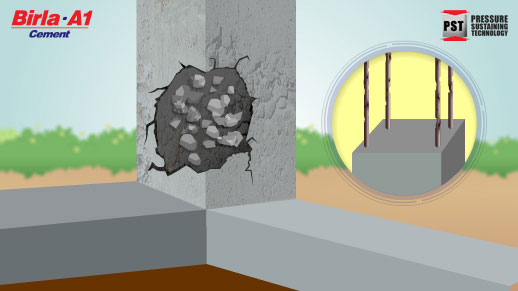
Honeycombing can lead to moisture penetration and other structural problems
There are various causes that lead to the development of honeycombing in a structure. These causes are listed below.
- 1. High water cement ratio .
- 2. Improper vibration and compaction during concrete laying
- 3. Less cover to reinforcement bars, improper usage of cover blocks
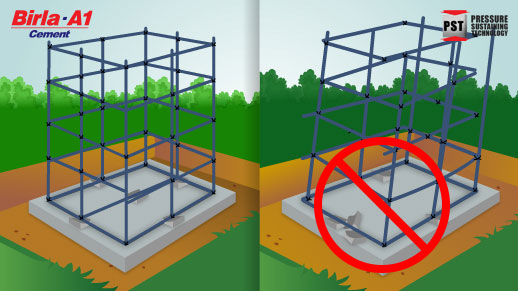
Improper usage of cover blocks can lead to honeycombing
- 4. Presence of high percentage of bigger size of aggregates in concrete
- 5. Improper formwork – spaces in between the sheets of formwork and slippage of formwork.
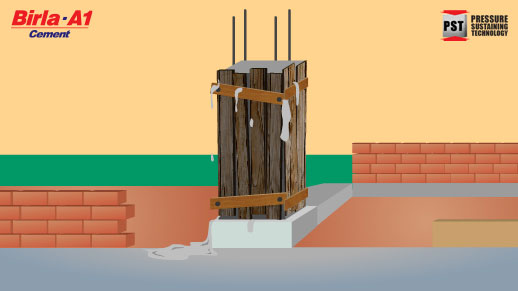
Improper formwork can lead to honeycombing
Is there anything you can do to prevent honeycombing? Of course! Follow the steps below to protect your structure from honeycombing.
- 1. Ensure tight formwork without any leakage.
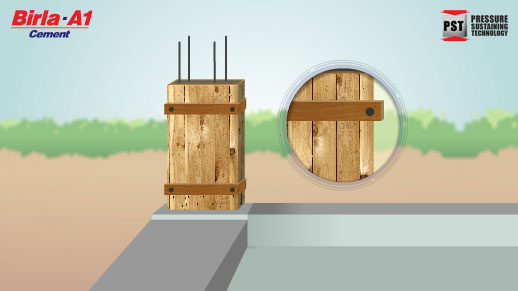
Ensure tight formwork to prevent honeycombing
- 2. Allow good compaction to expel entrapped air from concrete
- 3. Always maintain 1 inch gap between vibrator and formwork
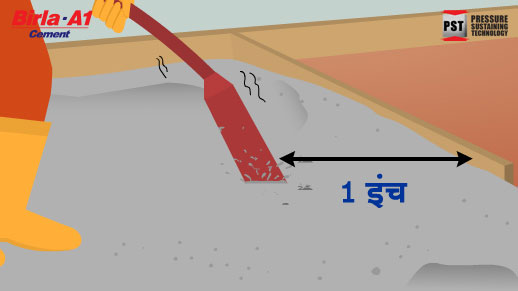
Maintain 1 inch gap between vibrator and formwork
- 4. Ensure use of aggregates of < 20 mm at junctions of beams and columns.
- 5. Ensure the mix has well graded aggregates to fill the voids between the coarse aggregate.
- 6. Use the ideal water-cement ratio
For better results, always use Birla A1 Premium Cement and ensure you follow proper processes to prevent honeycombing. And watch our 2 minute video on honeycombing so that you can have a Happy Home Building!
 Back
Back